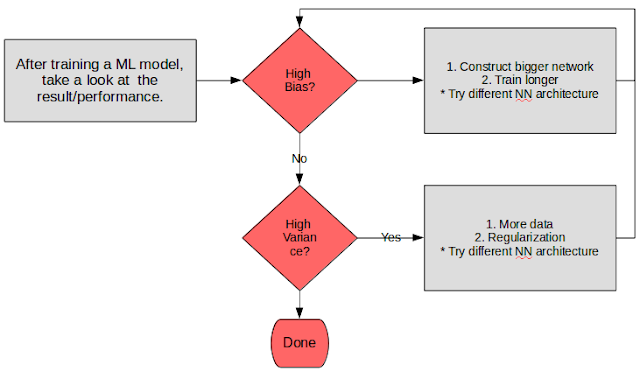Hotbilling Concept
The below article was taken from Hot Billing Concept by Advanced Multimedia System Design.
Prehistory
Darwin teaches us that far ancestors of billing systems were simple log files, or record books. All they could do automatically was regular information storage, "The client dialed in at 19:00 and disconnected at 21:00"; information retrieval was a less trivial procedure.
When computers left the developers' pools and migrated to the commercial land, logs had to be taught to detect account overdraft automatically, not at the end of the month. Billing systems of the newer generation were reptile guardians, timing a given delay, "This is the first day of the rest of your life!", and biting the connection off when the session timed out.
But the evolution went on. Cold-blooded billing systems could prevent a single-user debit account with a constant dollars-per-minute rate from overdraft; they failed if faced a herd of users exploiting a single shared account. Each user was allowed to "speak off" all the remaining money; and, at the end of the last conversation, the resulting account balance was not zero dollars zero cents but lower, and much lower...
The coming Ice Age made the next generation of billing systems turn warm-blooded, so that they no more grew torpid for all the allowed conversation time but tracked the conversation and account statement attentively, mercilessly terminating the call when no money was left.
That was the way, hard and cruel, to the modern orthodrade concept of hot billing.
Habits and inhabitance area.
Hot billing is an AAA (authentication, authorization and accounting) approach compliant to the following conditions:
You might suggest an even stronger condition, "the NAS is always informed about the current account balance"; but this is not a necessary condition, neither a convenient facility for successful "hot-billed" public access network (for instance, a commercial telephone network) deployment.
- required - the NAS (network access server) is always (with a certain given precision) informed if the subscriber's account is overdrafted;
- sufficient - the NAS (network access server) is always (with a certain given precision) informed when, according to the current balance and current expenses-per-minute, the subscriber's account will be overdrafted.
Hot billing requires the NAS to exchange with the AAA server regularly, either at a given minimal frequency or when new relevant information appears at any side (the latter case implies that the AAA server directly initiates session termination). If an asymmetric protocol (such as RADIUS) is used and one of the sides (usually the AAA server) cannot trigger data exchange, the AAA client issues AAA requests every N seconds. The resulting network traffic overhead (rather small in comparison with the "billed" voice or HTTP traffic) is richly covered with the following benefits:
- logical separation of account possessor and account beneficiary - for instance, the employer may manage a common account for all his employees rather than open a personal account for each one. Our experience shows that AMSD® BillingSystem™ is capable of handling up to 1000 subscribers (PINs) with a single account.
- immediate ("right now" or precisely scheduled) application of updates to a tariff plan (pricing policy).
- immediate lockout of a certain subscriber (if a certain PIN+password pair is suspected to be stolen);
- payment procession during an active session, so that a subscriber could, for instance, type the activation code of a new debit card after a warning signal ("You have one minute left!").

Comments